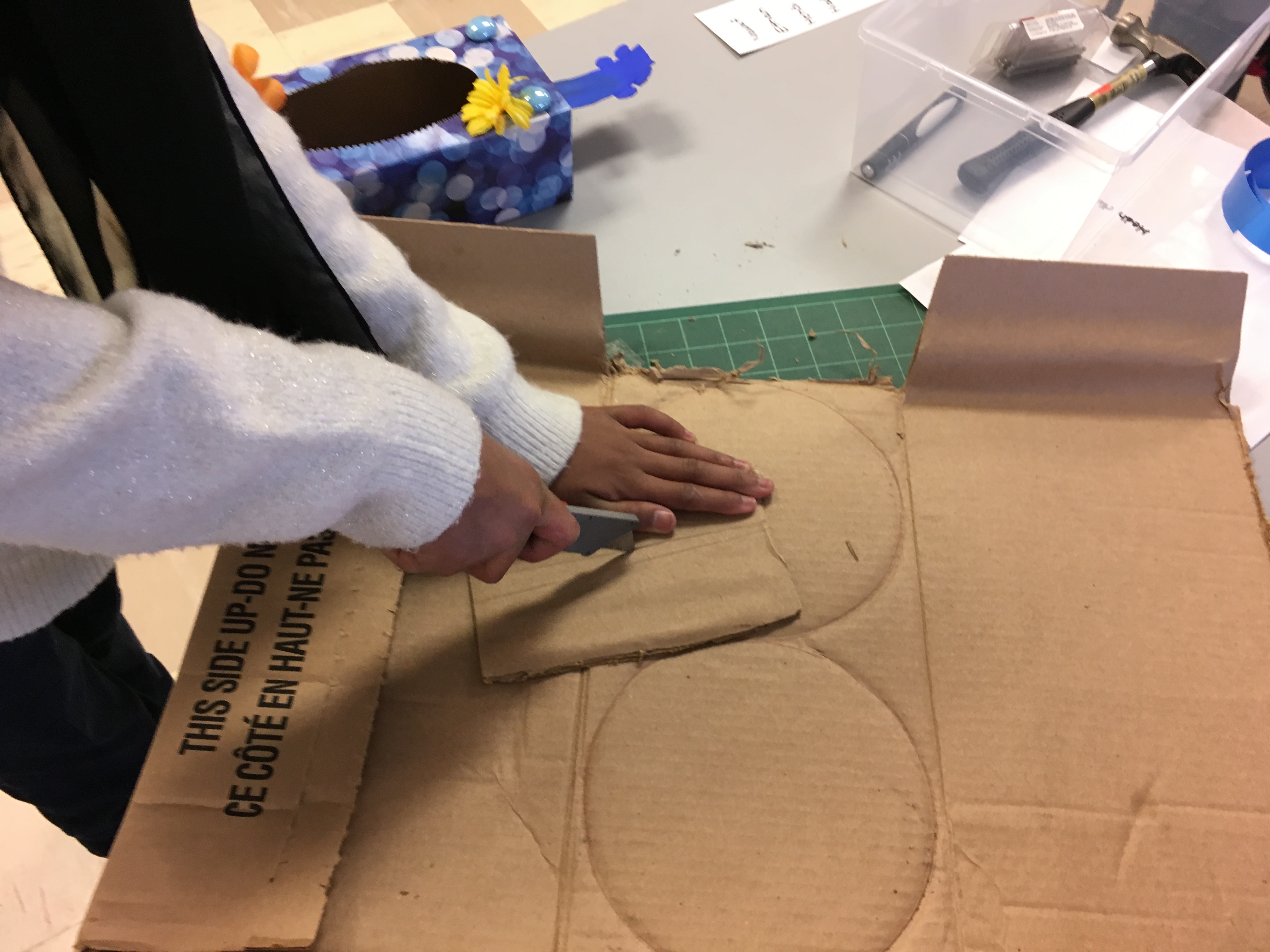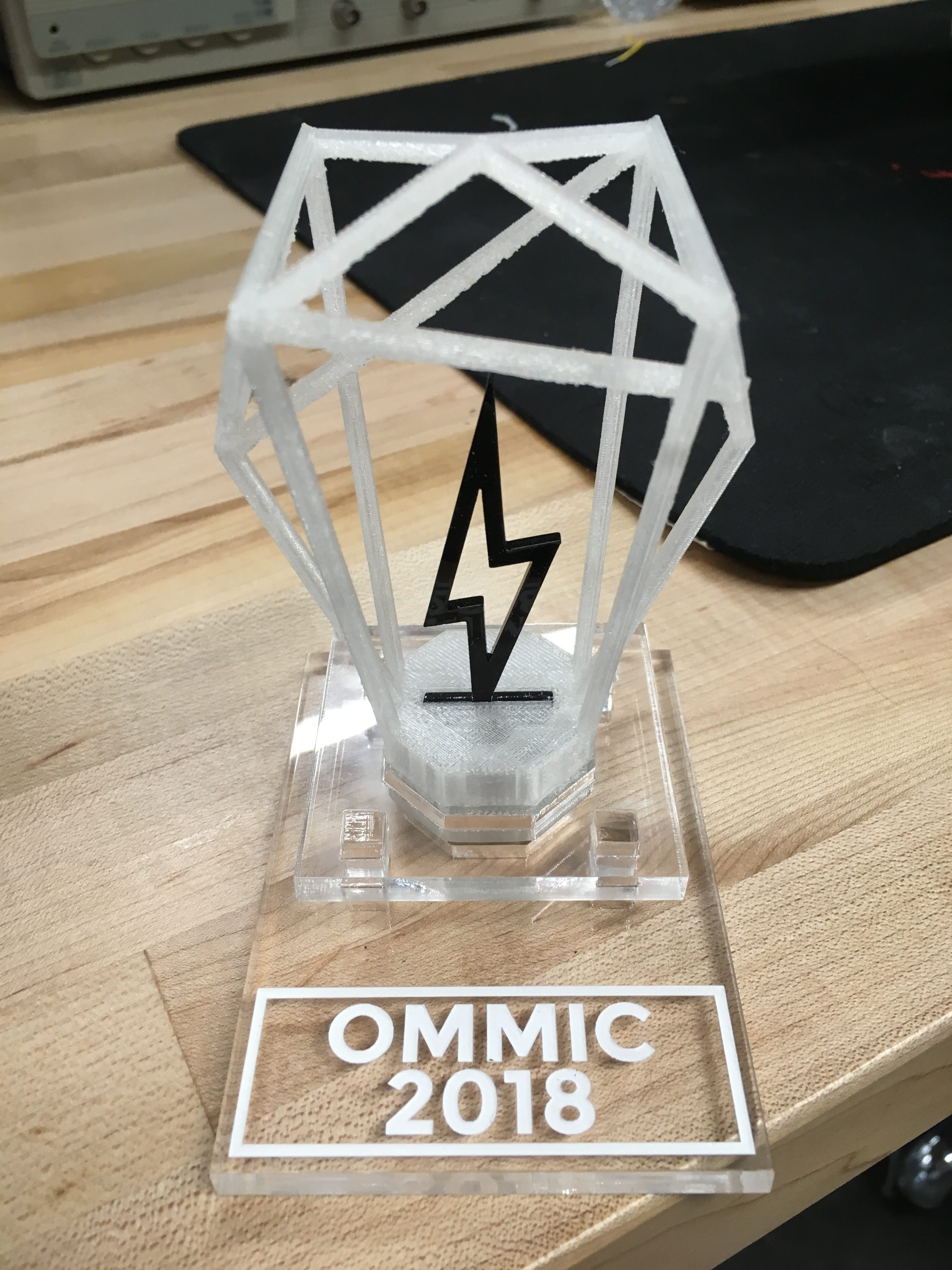-
Repost: “The Makerspace is the heart of our school” : A model for Making that values community, inclusion, and student agency
Ceci est une deuxième version, légèrement rédigée, de l’affichage blogue qui a été publié premièrement au site web du International Literacy Association. Vous pouvez accéder à cette première version ici. This is a version of a post that first appeared at the International Literacy Association’s Literacy Today Blog. I have been contributing to their Teaching…
-
Making as embodied learning

In this short article, Megan Cotnam-Kappel and I rethink the inextricable links between learning and physical action. We position making with digital and physical tools as a pedagogical approach that aligns, theoretically, with embodiment. This is a pre-print version of the work, which will appear in the University of Ottawa’s Education Review this spring. Suggested…
-
Ontario Makers, Mentors and Innovators Conference 2018

The University of Ottawa’s Richard Labbé Makerspace is an incredible — dare I say, a national — treasure. This fall, it moved from its original spaces in the Colonel By building to the shiny new STEM complex where, Dr. Hanan Anis and her management team led by Zaineb Al-Faisley and Justine Boudreau, have taken their…
-
#Print2Pixel Unconference, University of New Haven
I just had a terrific conversation with teachers at the second annual #Print2Pixel conference, hosted by Ian O’Byrne and his colleagues at the University of New Haven. During our session, we discussed a few key ideas: 1) Maker spaces in libraries (an awesome idea!) 2) Maker activities in science classrooms that apprentice students into professional…
-
Repost from Reading Today: The Maker Movement and English Language Arts
For the last couple of years, I have been a member of the International Reading Association’s Technology Integration in Literacy Education Special Interest Group, aka the TILE-SIG. As a community, we blog about ideas connected to literacies, technology, teaching and learning. I was so excited about the Maker Faire we [the Master’s in Educational Technology…